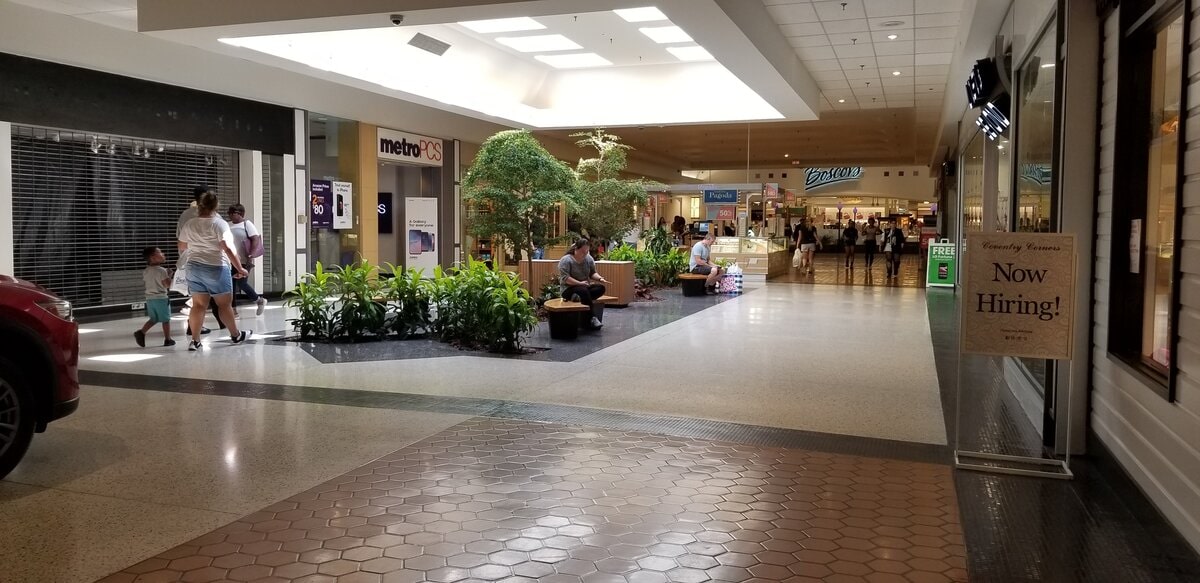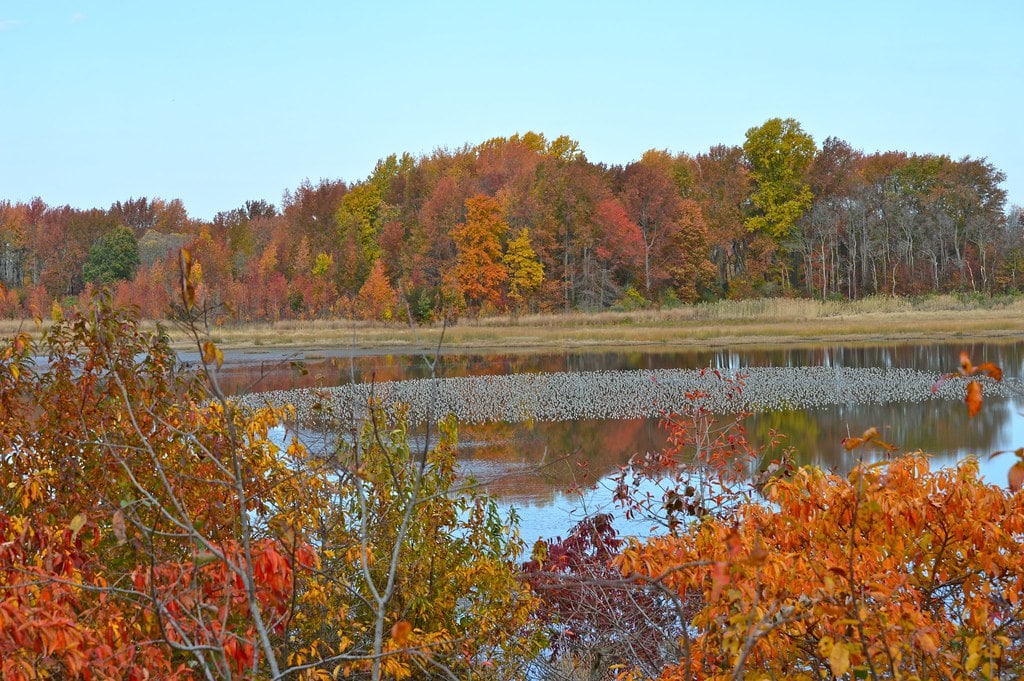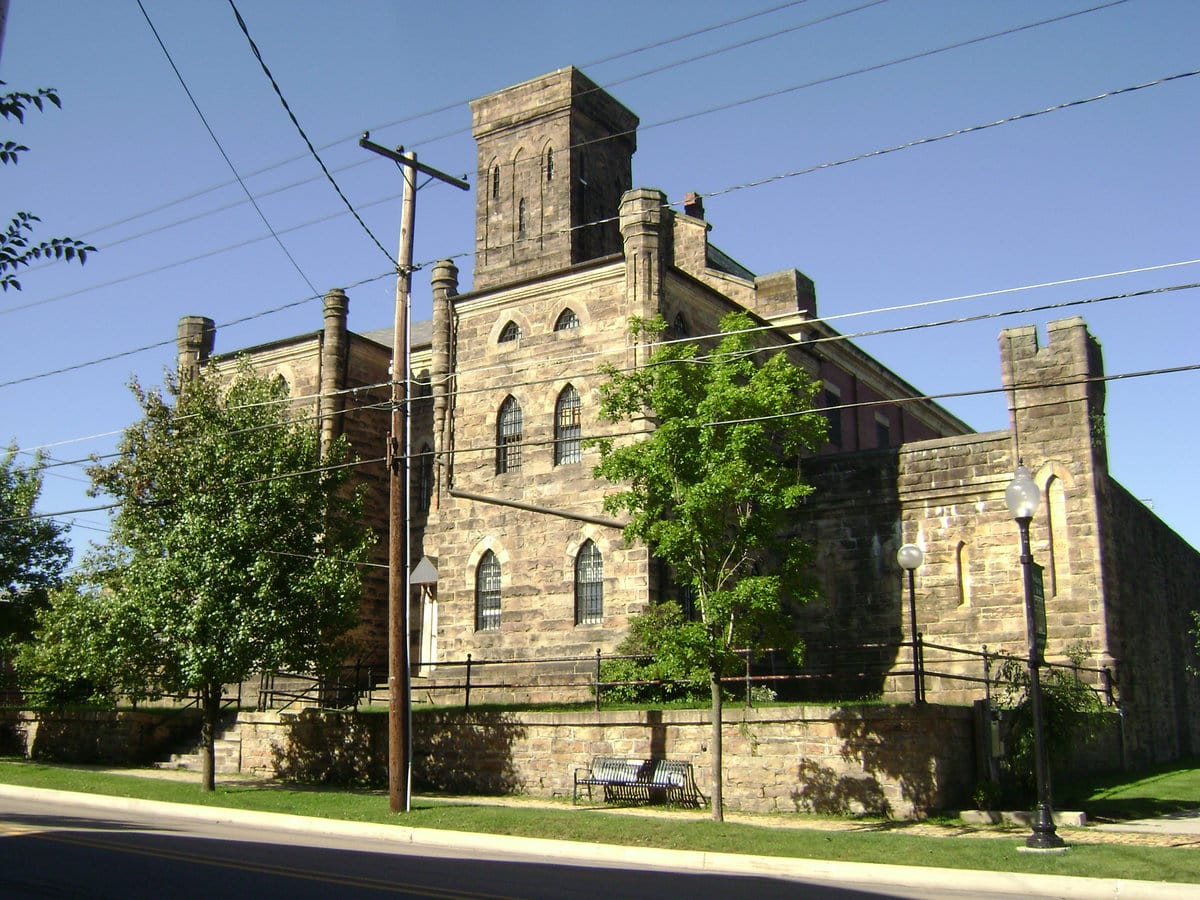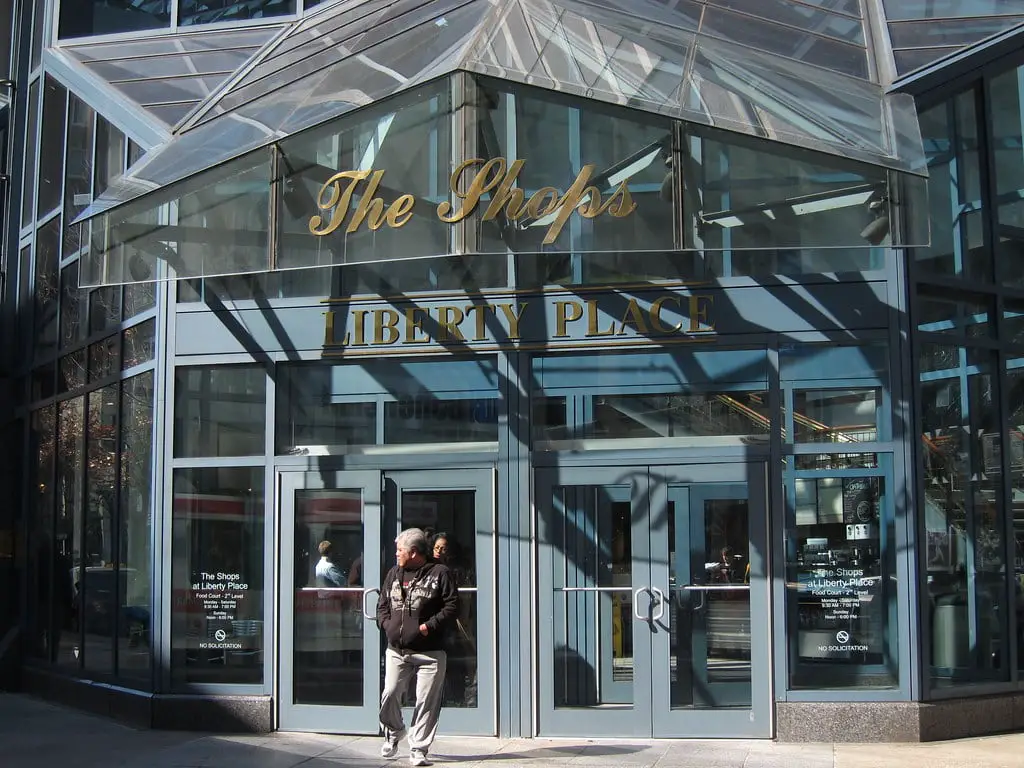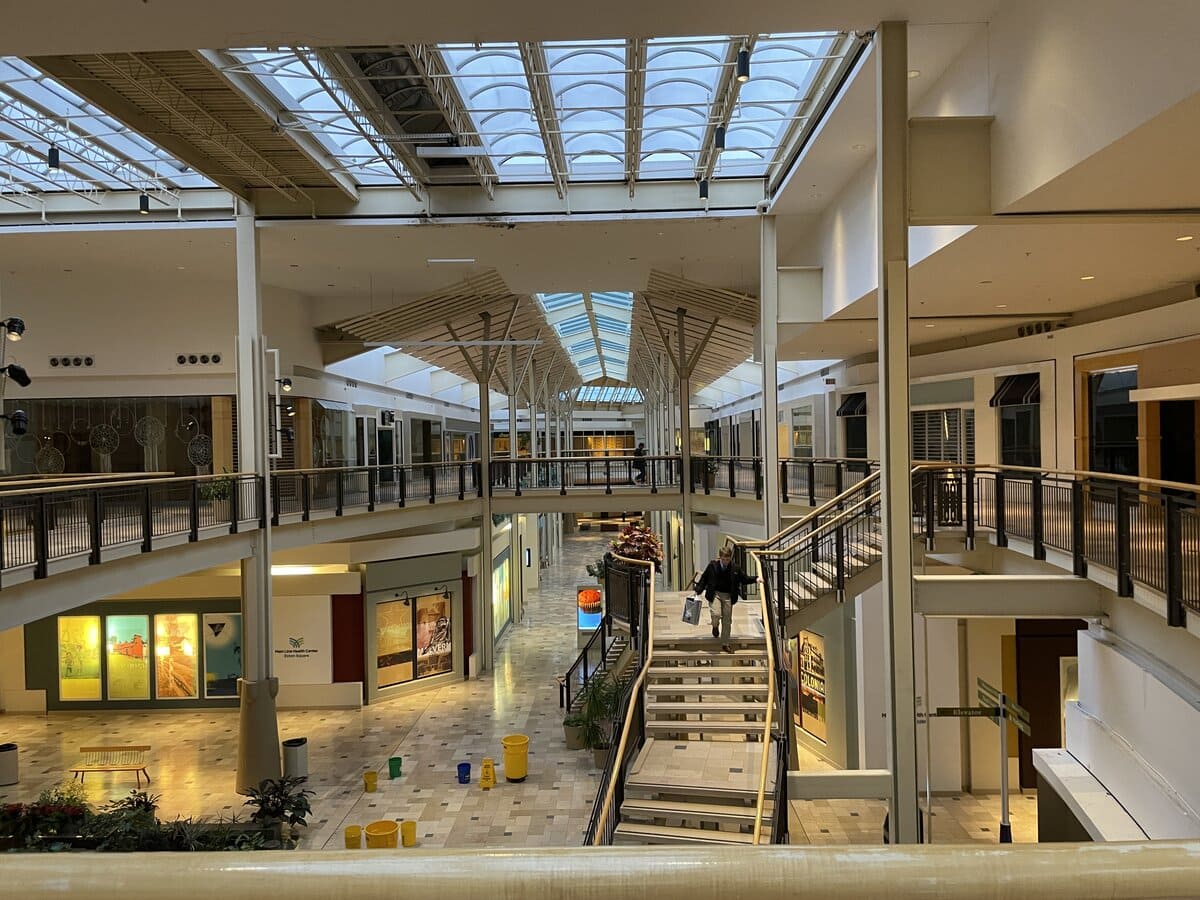Still Standing on Arch Street
Most places in Philadelphia built before the Revolution have changed hands, changed walls, or disappeared entirely.
The Betsy Ross House, however, still leans into the narrow sidewalk at 239 Arch Street, with brickwork that predates the American flag.
Whether or not Betsy Ross ever sewed that first flag inside, the house became part of that story by the late 1800s. Visitors still stop by. It’s one of many things to do in Philadelphia, but this one has a tale with layers.
Bricks, Additions, and a Questionable Address
The structure now called the Betsy Ross House sits a few blocks north of Independence Hall, in a section of Old City where 18th-century brick still clings to the modern grid.
The oldest part of the Betsy Ross House was built around 1740.
Pennsylvania colonial builders laid the base, and additions followed between 1750 and 1760, filling out the narrow footprint with a stair hall and a rear section.
Had Ross lived here, her time would have spanned from 1776 to roughly 1779.
That window coincides with the loss of her first husband, John Ross, and predates her marriage to John Claypoole.
However, historical documents, as cited in the 1937 Philadelphia Guide, point to another building next door as her actual home.
That building was demolished after the current one was chosen for preservation.
A decision made to reduce fire risk may have erased the more accurate location.
The house’s status as the alleged birthplace of the American flag dates back to 1876.
During the Centennial celebration, Ross’s grandsons, William and George Canby, presented the story publicly for the first time.
The claim found public favor, helped along by patriotic timing.
For visitors, though, it’s the physical setting that carries the weight.
The building’s endurance has turned it into a familiar landmark, even if its history was curated through partial evidence and civic ambition.
Restoration and Real Estate Dealings
By the 1930s, the Betsy Ross House had aged past the point of passive upkeep.
Bricks were cracking. Floors tilted. Paint peeled. It wasn’t drawing attention for the right reasons.
That changed in 1937, when A. Atwater Kent, who had made his money in radios, offered up to $25,000 to restore the property.
He brought in Richardson Brognard Okie, a historical architect known for early American projects, to take the lead.
Okie didn’t treat the Betsy Ross House as a shrine. He treated it as a structure.
That meant replacing what didn’t hold up, salvaging what did, and sourcing replacements from period homes that had been demolished.
A stairway and dormer were rebuilt entirely. The front door got shifted to a new corner.
A rear extension was built from bricks matched to the house’s era.
Windows were changed too, based on patterns from the mid-18th century.
Kent didn’t stop at the house. He bought the two adjacent properties and razed them to create what he called a civic garden.
In 1941, he turned the entire site over to the City of Philadelphia.
The move placed the property in public hands for the first time, wrapping a real estate transfer into a civic gesture.
The restored version wasn’t identical to the original, but by 1941, it had become the version most people would come to know.
The sheer physical presence of the work quieted any doubts about historical precision.
The building looked settled again, and that made the story easier to tell.
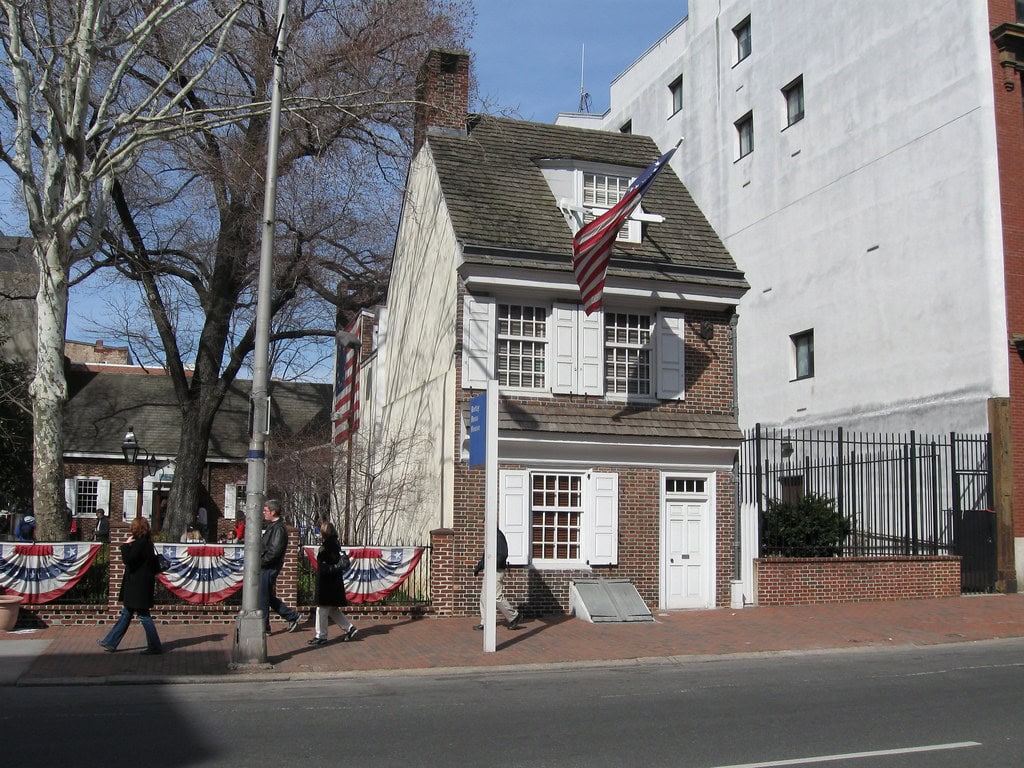
Civic Ownership and Long-Term Additions
Management shifted from a private donor’s oversight to city responsibility, which brought it under public control but left room for partnerships.
The shift didn’t freeze the property in time. Instead, it opened the door for further changes, starting with an annex building added in 1965.
The addition extended the usable space, giving room for exhibits and operations that couldn’t fit in an 18th-century floor plan.
In 1974, as attention ramped up ahead of the Bicentennial, the courtyard got a renovation.
A fountain was added, and the grounds were cleaned up to support larger crowds.
One quiet but symbolically loaded decision happened during that same period: remains believed to belong to Betsy Ross and her third husband, John Claypoole, were relocated to the courtyard.
The move positioned their graves inside the public-facing section of the property, making them accessible to visitors and, in effect, part of the daily tour path.
By 1995, operations shifted again. Historic Philadelphia, Inc., a private nonprofit, signed a lease to manage the site.
That arrangement allowed the city to retain ownership but outsource programming, maintenance, and staffing to a group with more flexibility.
The nonprofit still runs it today. None of the updates erased the house’s role in local memory.
But they did change how the site functioned. The house, courtyard, annex, and garden became parts of a single unit.
What had started as one structure became a stitched-together compound with its own operating budget and visitor schedule.
The Business of Flag Day Programming
The first public push to mark Flag Day in Philadelphia came in 1893.
The trigger wasn’t a decree or local ordinance. It was a painting.
“Birth of Our Nation’s Flag” by Charles Weisgerber had just been exhibited at the Chicago World’s Fair.
The scene it depicted – Betsy Ross presenting the flag to members of the Continental Congress – struck a nerve, even though the event itself wasn’t supported by documentation.
The image circulated, and the idea stuck.
That same year, Philadelphia school superintendent Dr. Edward Brooks proposed a citywide celebration centered on the flag.
Public schools raised banners. Students marched. Speeches followed. From there, the idea grew.
By the 1910s, the observance became annual. Over time, Flag Day picked up sponsors, organizers, and municipal backing.
The Betsy Ross House was pulled into the center of it.
June 14 became the date of events clustered around Arch Street.
Fife and drum corps paraded down the blocks. Local veterans’ posts and civic groups held flag-raising ceremonies in the courtyard.
Musical acts rotated through, sometimes patriotic, sometimes ceremonial.
The Betsy Ross House didn’t run the programming itself, but it hosted it and lent the visuals to every poster, newspaper spread, and flyer.
After 1995, Historic Philadelphia, Inc. took over the logistics.
The program widened to include naturalization ceremonies, interactive activities, and appearances by costumed interpreters.
Some events stretched across a full week. Others stuck close to the date.
Either way, the Betsy Ross House acted as a staging point – a fixed address to give the celebration a home base.
Betsy Ross House: Year-Round Operations and Public Offerings
By the 2000s, the Betsy Ross House wasn’t operating as a passive exhibit.
It had a calendar, a staff, and rotating educational material.
Tours ran through the rooms in timed slots.
Visitors moved from the front parlor to the workshop and the upper floor, each with an interpretation shaped to fit the period between 1776 and 1779.
Regular programs targeted different audiences.
One series, “Meet the Women of the 18th Century,” focused on trades and domestic labor, highlighting roles beyond the Ross story.
Another focused on Revolutionary-era printing. Activities aimed at younger visitors rotated in during spring breaks and summer months.
In July, the “Patriotic Pet Parade” brought crowds.
During Halloween, candlelit tours moved through the rooms.
Special permits allowed vendors in the courtyard during select weekends.
Staff coordinated with Visit Philadelphia and other regional tourism offices to stay on the guidebooks and museum passes.
Public transit access came via SEPTA bus routes, with signage directing foot traffic from nearby Independence Mall.
Admission fees stayed low to keep turnout consistent, especially during the shoulder months.
By operating year-round, the Betsy Ross House remained active outside of commemorative dates.
In practice, that kept its doors open through seasons when most historic sites leaned into closures or limited hours.
The choice was practical, and it kept the story in circulation.
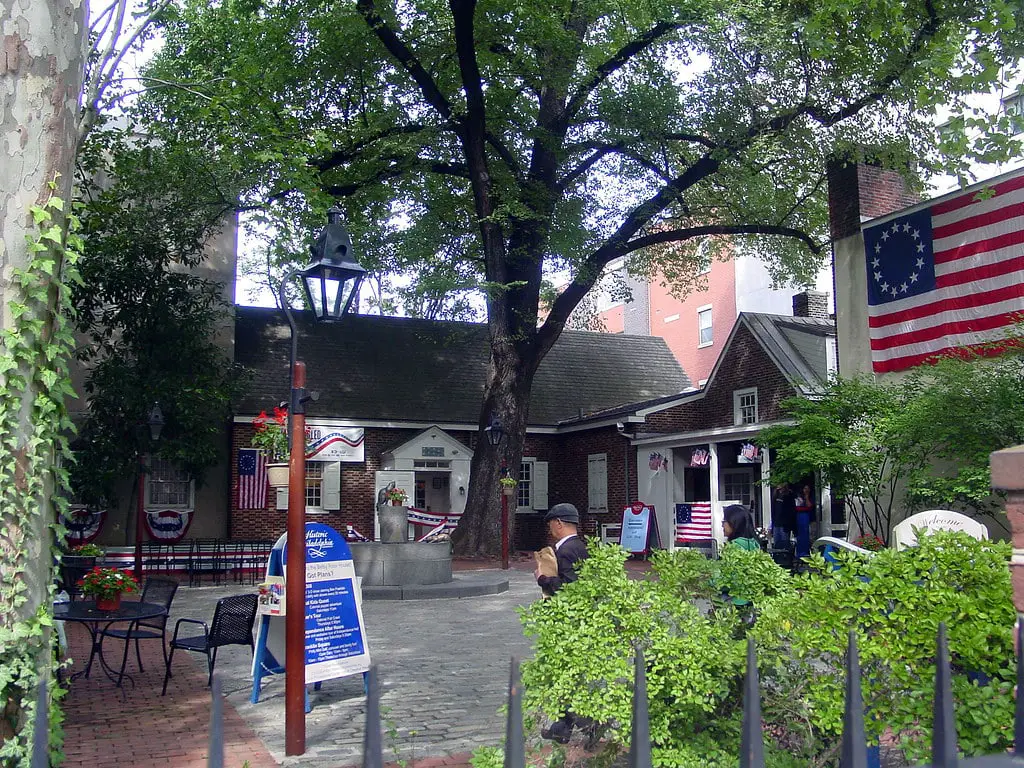
🍀


